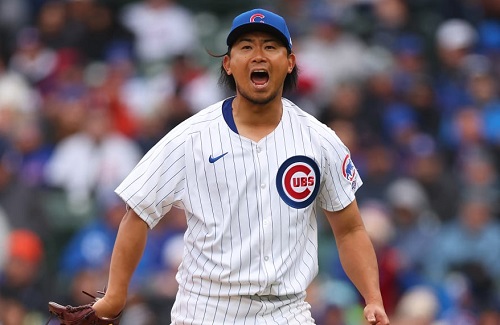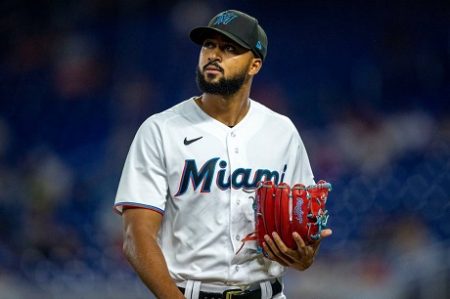How to Maximize MLB First Five Innings Bets

One of the best methods to uncover value in baseball betting is wagering on the First Five innings. It’s the equivalent of betting on the NFL’s or NBA’s first half. Bettors can more accurately forecast potential outcomes because it lowers the number of variables that can impact the game’s conclusion. Simply put, first five innings bets allow you to disregard any game developments that take place after the fifth inning. How can you maximize those bets?
Types of First Five Bets
Most bookmakers allow you to wager on the first five innings in the same ways that you may on the entire game. These include straight-up moneyline wagers, run line wagers (point spread), and totals wagers on the combined run totals for both teams.
When computing odds for the First Five, also known as F5, there are fewer factors to consider. It makes sense that betting on the F5 will typically offer less favorable odds than betting on the full game. When there are concerns about a team’s bullpen, betting on the First Five is frequently the wiser course of action. More on that in a moment.
Examples of First Five Bets
First Five Innings wagers are rather simple when compared to full game wagers. Let’s look at an example. Here’s a look at a Phillies-Marlins game. The odds for an entire game are listed first. The First Five Odds are listed next.
Phillies -125 -1.5 (+145) O 7.5 (-105)
Marlins +105 +1.5 (-170) U 7.5 (-115)
Phillies -120 -1.5 (+120) O 4.5 (-105)
Marlins +100 +1.5 (-140) U 4.5 (-115)
The final innings of a game are frequently when a team’s advantages start to matter more. That should be reflected for bettors in correctly constructed odds. Favorites will have a bigger advantage in whole game wagers than in first five inning wagers. While placing a complete game wager will normally yield a higher return on investment, it is not always the optimum bet.
The First Five Is All About Pitching
 Even though baseball is a team sport, the pitcher is the one who has the most impact on the game. It’s like the goalie in hockey. A starting pitcher in MLB is good enough to go five innings. The best MLB pitchers frequently go six or more innings.
Even though baseball is a team sport, the pitcher is the one who has the most impact on the game. It’s like the goalie in hockey. A starting pitcher in MLB is good enough to go five innings. The best MLB pitchers frequently go six or more innings.
Because you just need to consider the relative strength of the starting pitchers and not the bullpen, the first five innings of a game are often simpler to handicap than the entire game. The effect of relief pitchers in a game is far less predictable. Betting the First Five takes the bullpen out of the equation. Strong pitching ultimately has a big effect on F5 betting.
Because of schedule variance, there are times when a team’s No. 1 starter will go up against an opponent’s No. 5 starter. Think of Max Scherzer, Clayton Kershaw, or Sandy Alcantara going up against a lesser-known fifth-starter. How about those pitchers against a team that pitches a bullpen game?
When you have high confidence in the starting pitcher’s relative strength, it makes sense to consider the First Five wager.
Top Heavy Lineups
 A head-to-head analysis of the relative strengths of each team’s starting pitcher is definitely the most important factor in handicapping for the First Five innings bet. However, bettors shouldn’t stop there.
A head-to-head analysis of the relative strengths of each team’s starting pitcher is definitely the most important factor in handicapping for the First Five innings bet. However, bettors shouldn’t stop there.
A comparison of the batting lineups for each club would be part of a more thorough analysis. Bettors should focus on where the power hitters are in a lineup. Typically, you’ll find those hitters in the No. 3, 4, and 5 slots in the batting order. If a team has three solid hitters batting at the top of the order, that helps the First Five bet. Those hitters will usually get an extra at-bat by the fifth inning.
See Also:
How to Bet MLB First Five Innings
How to Find Success Betting Home Run Props
Using FIP to Win Baseball Bets
















